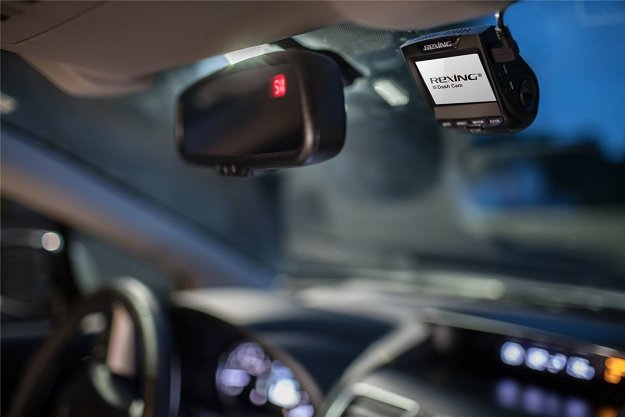Right off the bat, we already know things are extreme when they start measuring the car’s power output in megawatts. 1.1, to be exact, which is roughly the equivalent of 1,455 horsepower. This powers all four wheels on the bespoke racer, built on an aluminum alloy tubular space frame and wrapped in a carbon fiber body. Power is stored in a 57kWh battery pack that can reclaim a great deal of it back thanks to the car’s regenerative braking system.

Remake says that that the E-Runner’s electric motor whips up 1,106 pound-feet of torque, rocketing the 3,300-pound vehicle off the line to 62 miles per hour in 2.2 seconds. Combine this with the car’s torque vectoring system to help carve the Peak’s 156 corners, and you’ve got a machine ready to raise the bar.
Rimac’s all-electric racer will have an edge over traditional combustion-powered cars — it doesn’t need to breathe. The course of the 12.42 mile run takes participants up a run that starts at 4,724 feet above sea level and climbs continuously to the finish line at 14,107 feet. As the altitude increases, gas engines are starved of the oxygen they need for their internal combustion sequences, steadily robbing them of power the higher they climb.
Behind the wheel will be Nobuhiro ‘Monster’ Tajima, a driver who has won the headline class at Pikes Peak nine times. He set the EV course record last year with a run time of 9:43.9, which is about a minute shy of Sebastian Loeb’s overall course record of 8:13.87.
Practice sessions for the famous hill climb kick off later this month on Tuesday, June 23 with the timed runs starting on Sunday the 28th.
Editors' Recommendations
- Ford unveils all-electric Mustang Mach-E
- Bentley Continental GT smashes production-car record at Pikes Peak
- Gears of War 5 Escape mode revealed at Xbox E3 briefing, release date set


